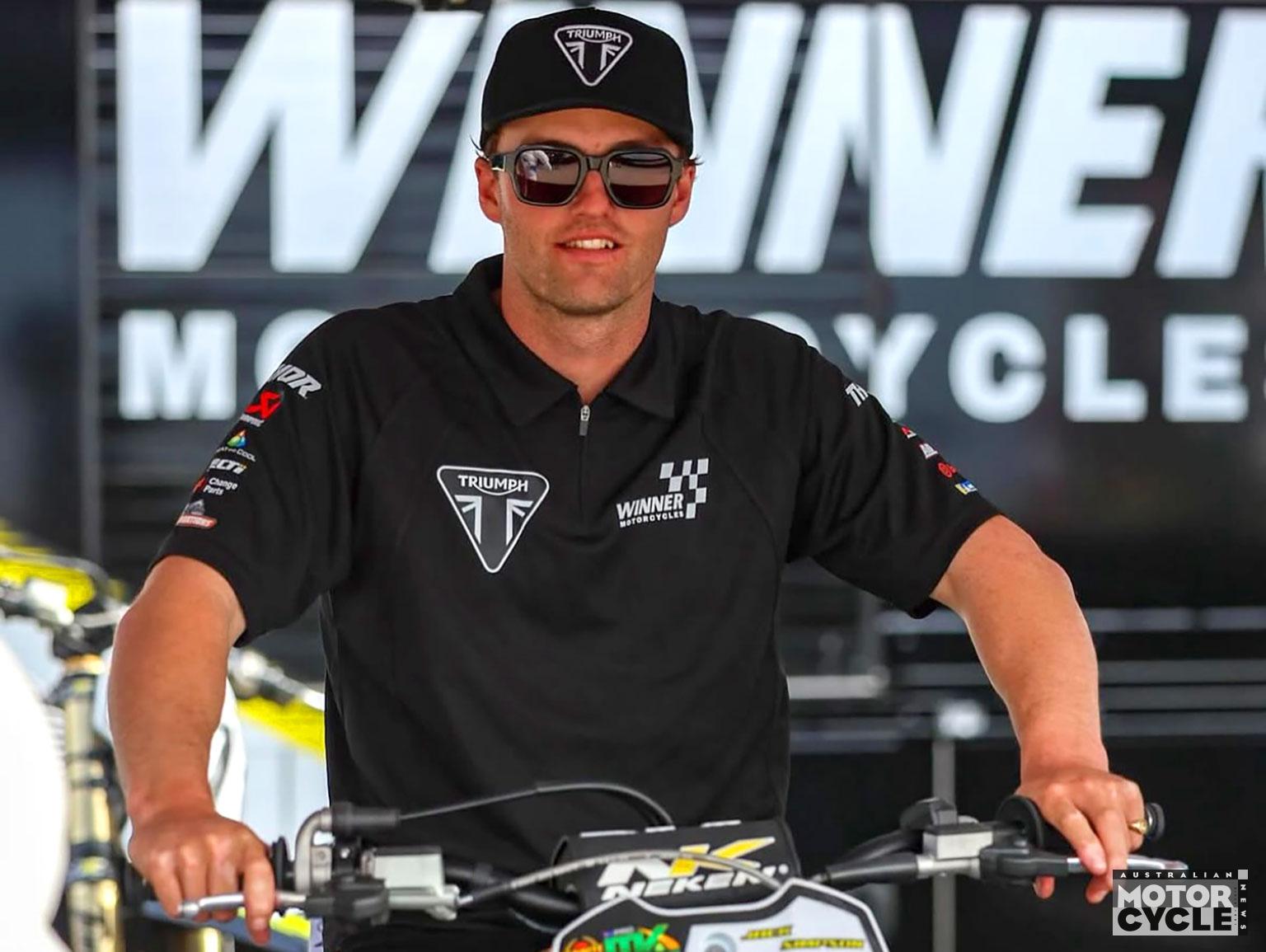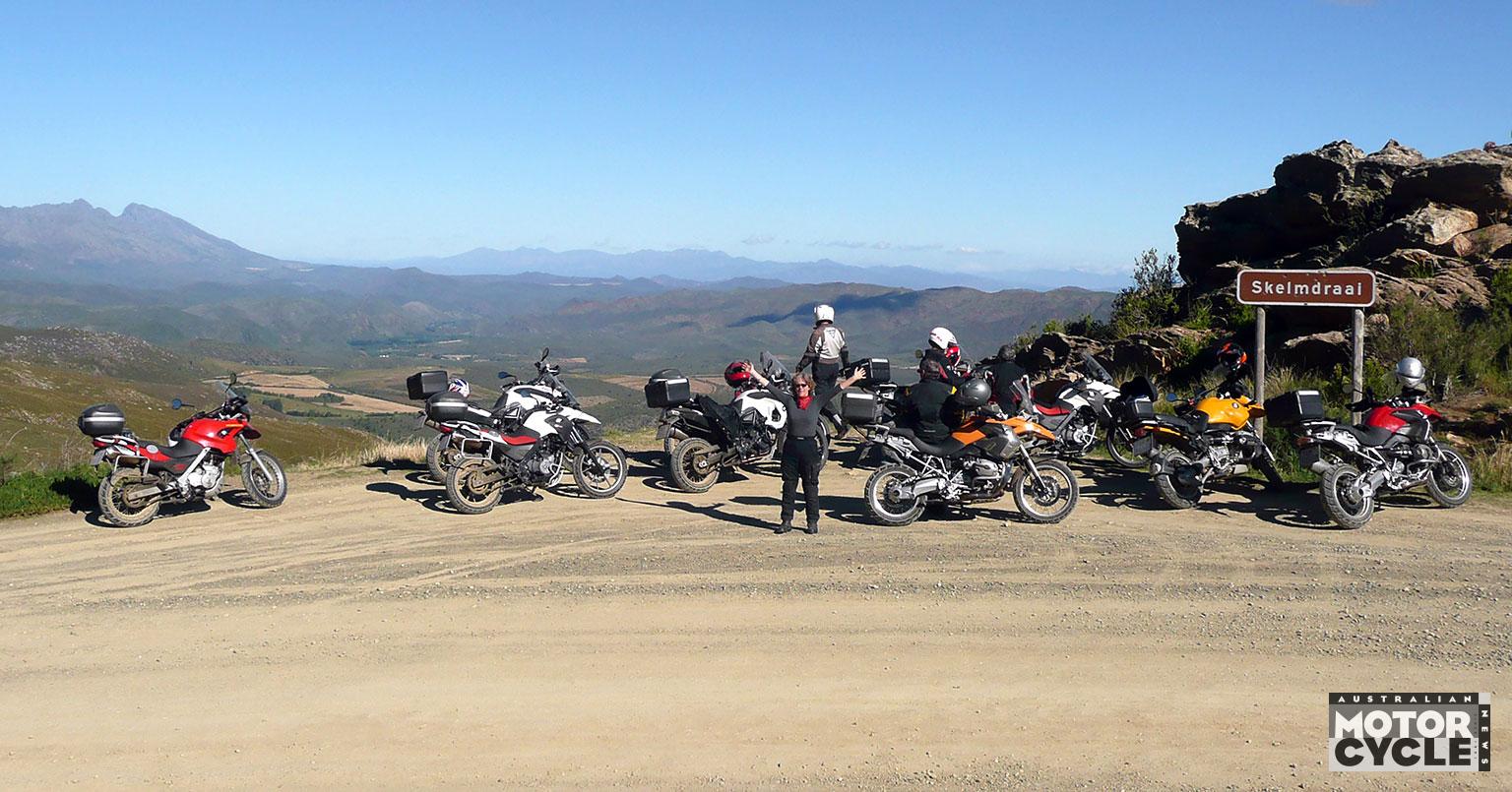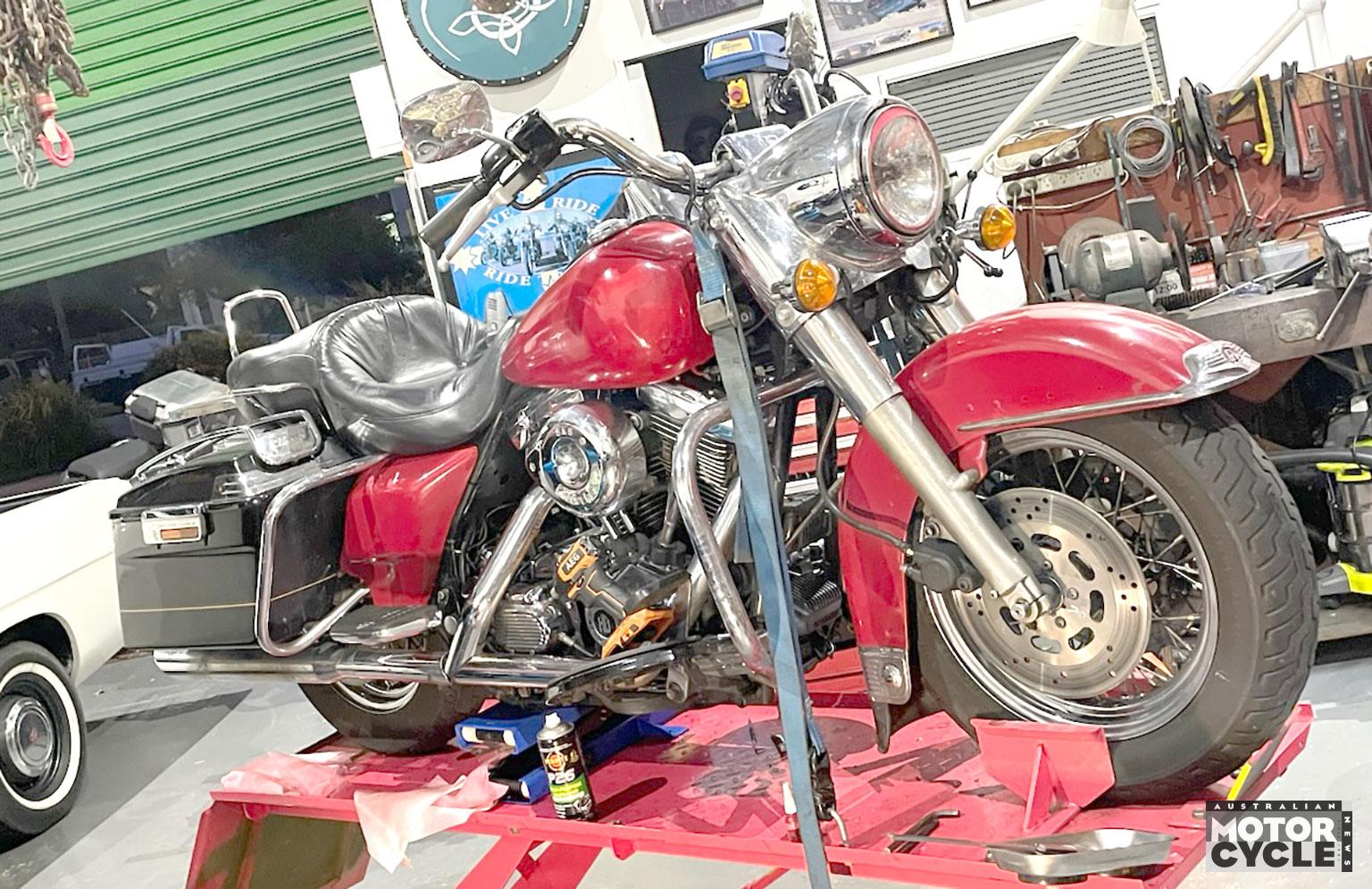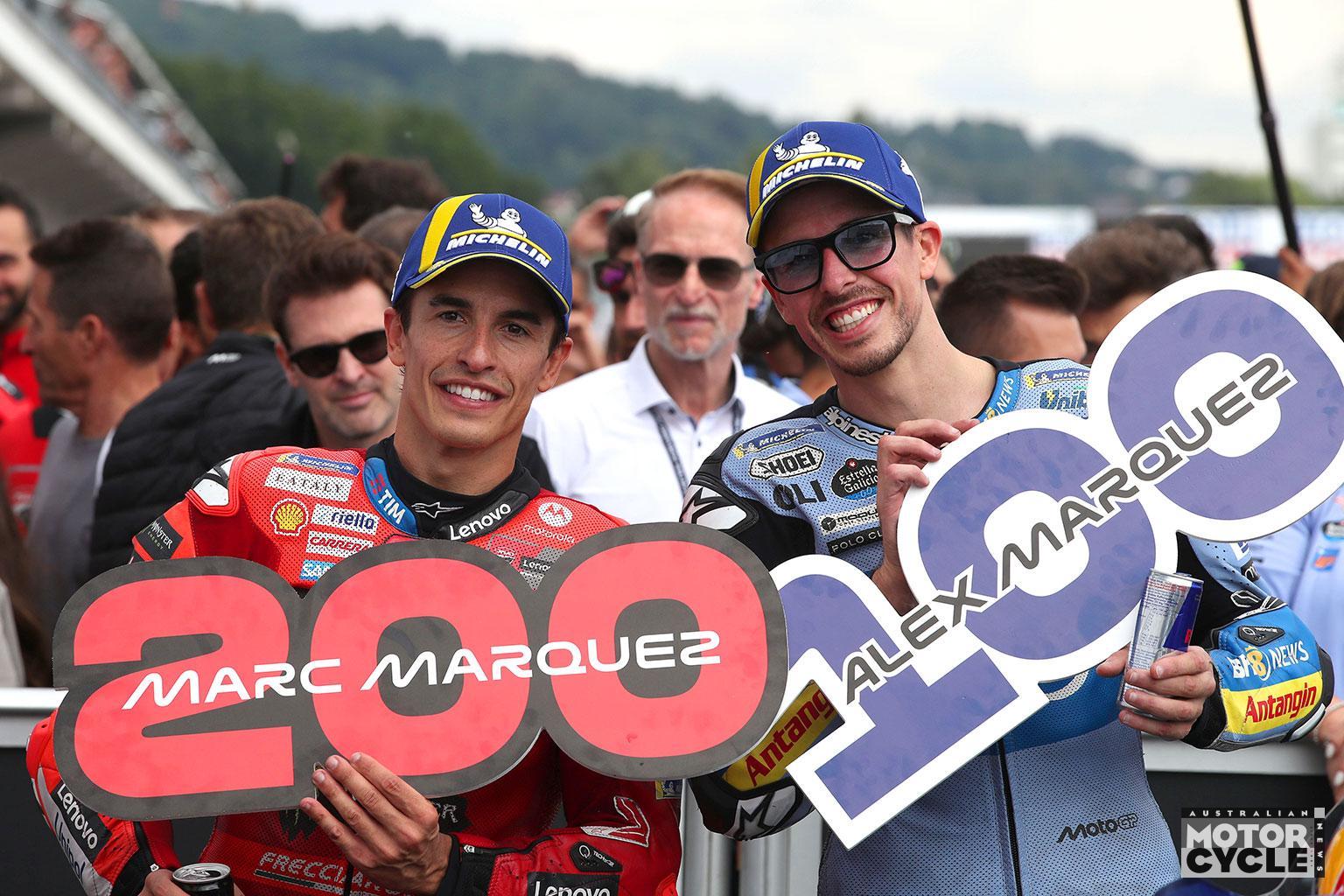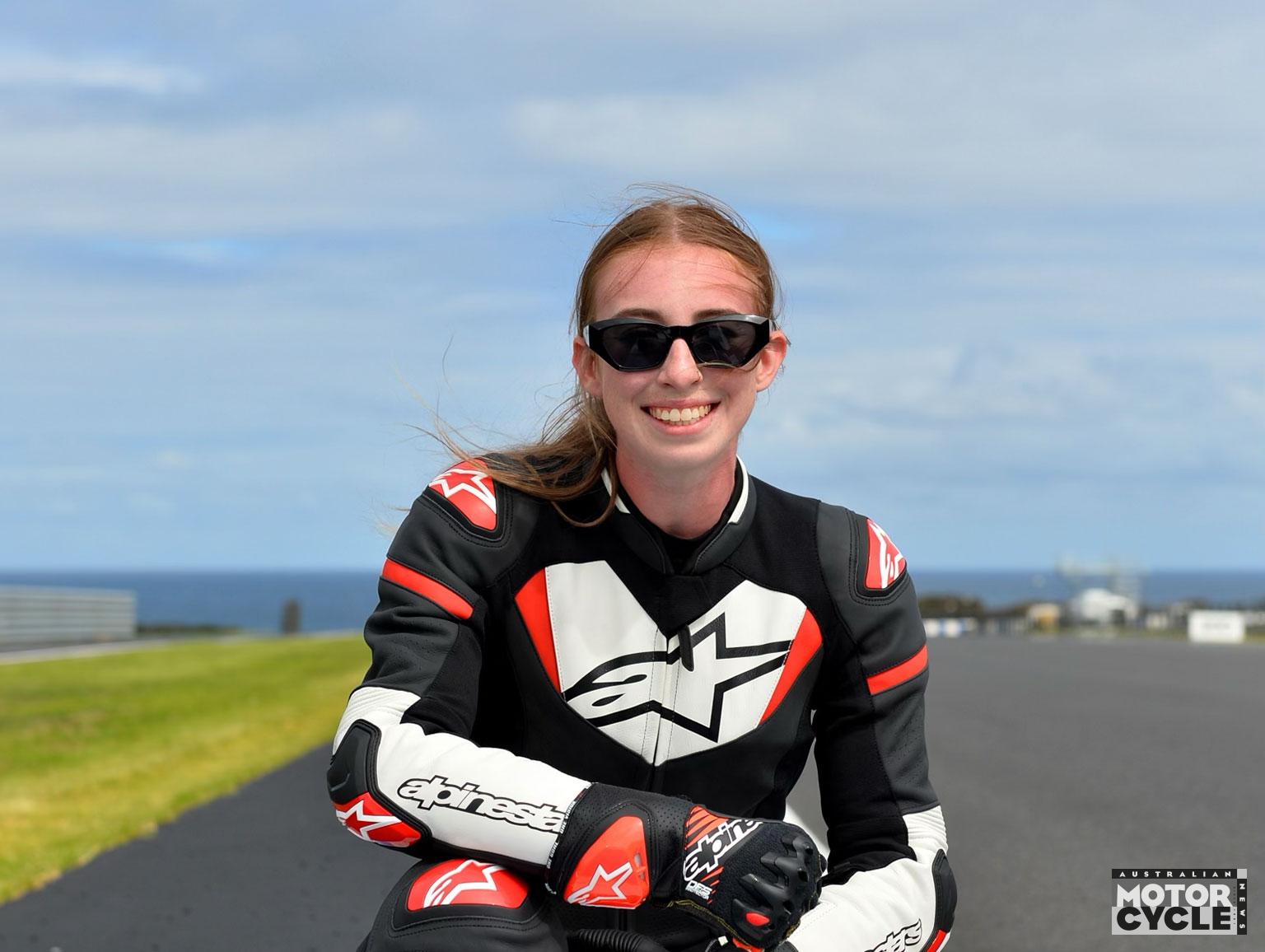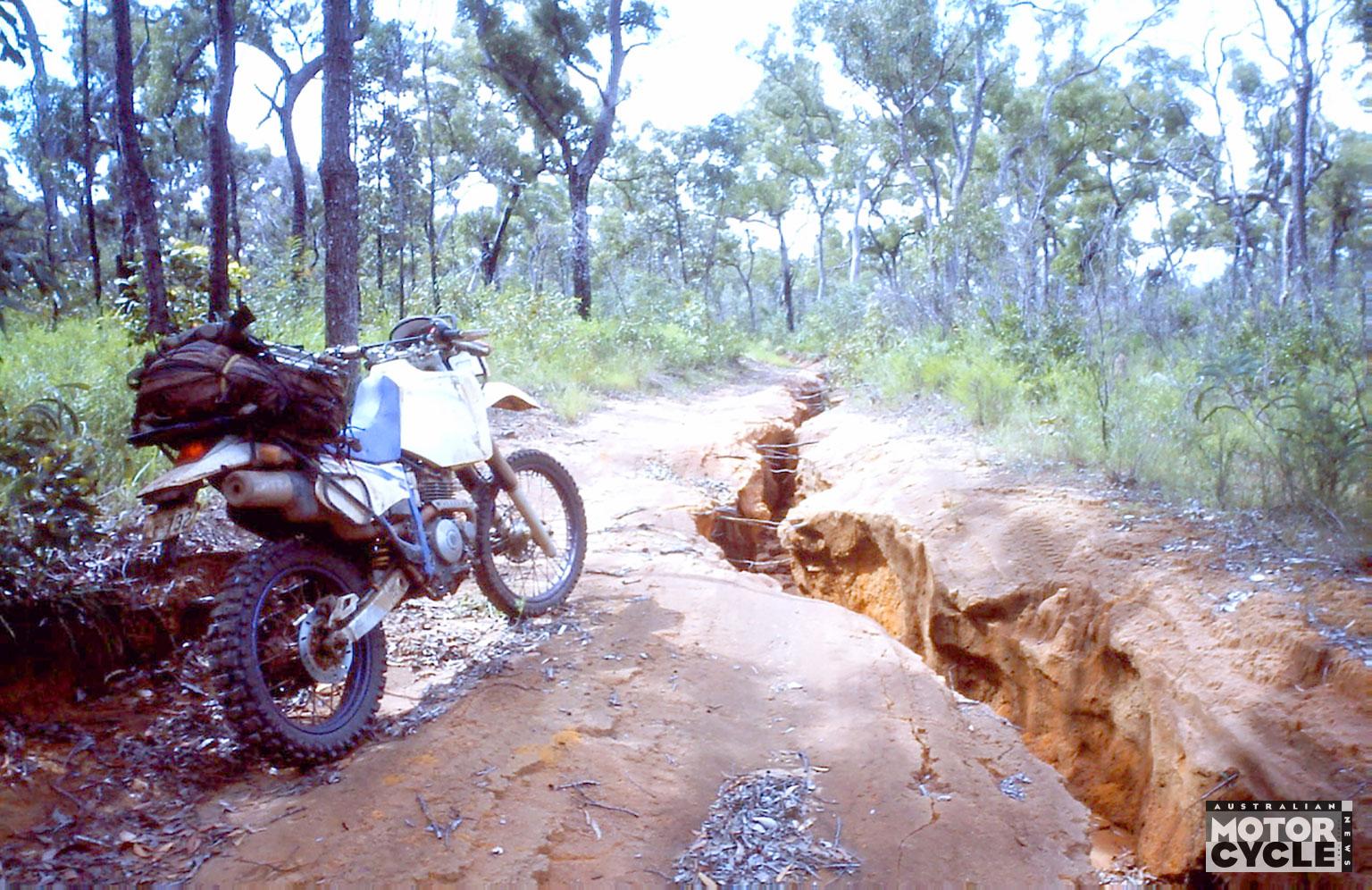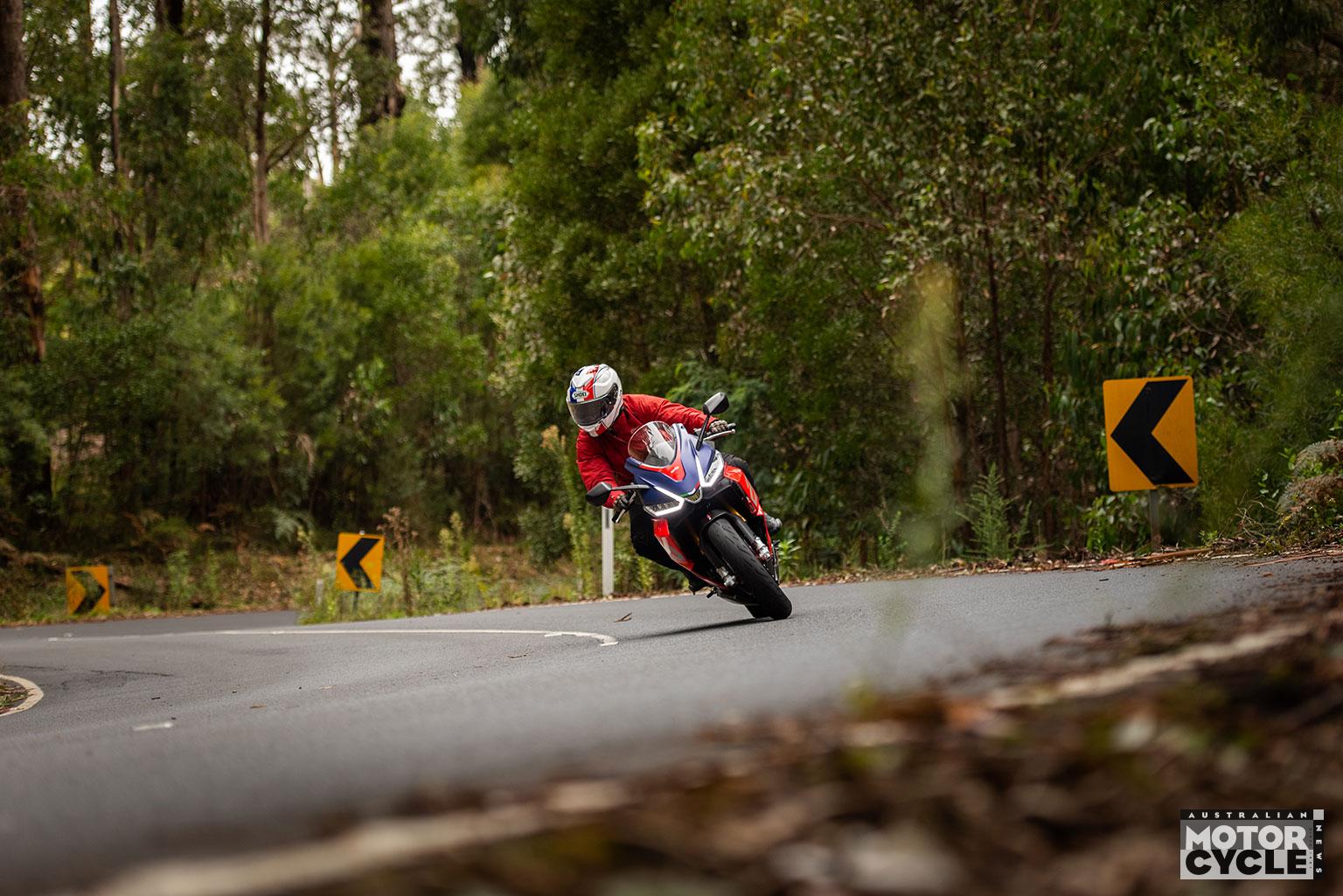A white hot wheatbelt tour of WA’s Federation pubs on a rollicking Roctane? Yet another tick off The Bear’s all-time bucket list.
At 120km/h – just over the legal limit – Western Australia’s wheatbelt roads move under the R 18 Roctane like seamless CWR rails. Travelling fast enough for pleasure and slow enough to avoid the occasional squeezed-out dips in the tar made by the wheat trucks, I know I’m good because BMW speedometers, alone in the motorcycle world as far as I know, read correctly. Most corners are easy at that speed; the Roctane has surprisingly high ground clearance.
A blip of the throttle, with the riding mode set at “Rock” (yeah, hmm, cheesy) takes the bike past the 38 wheelers that make the dips in the road. The riding position is relaxed and upright; I can move my feet forward enough for comfort until my shins rest against the air intakes.

Anybody who wants a more feet-forward riding position is risking a pain in the backside despite the outstandingly comfortable seat. This is an elegant way to travel, on an elegant motorcycle.
Space, priceless space
If you’re looking to go big in almost any way, Australia is the place. Above all, we have space, and no State has more of that than Western Australia at four times the size of Texas.
The WA wheatbelt, one of its nine regions, spans 154,862 square kilometres alone. But most tourists don’t think of it as a destination, just a place to get through without open rebellion from the kids. Motorcyclists, on the other hand, have already found its widespread road network, its Federation pubs and its brilliant weather, but there’s still plenty of room for more.
I always seem to see bikes on the road there. And that’s not even counting the crowds I used to see streaming to the remarkable Black Duck Rally at Lake Dumbleyung, which I might cover at another time. So what’s the wheatbelt all about?

First, we need to look at another natural resource. The whitefella history of Australia is inextricably bound up with gold. Every second settlement on the entire continent began as a goldmine of some kind; even the wheatbelt exists in the form it does due to gold – or perhaps more accurately to the lack of it. By the turn of the 19th Century, with Australia heading for Federation, the easily accessible gold around Kalgoorlie was running out. Many miners were unemployed. At the same time the WA government realised that it needed to develop the huge area that became the wheatbelt.
For once, even politicians managed to put two and two together and get four. To make wheat growing financially successful, you needed transport for the crop – which in the early 20th Century meant railways. And to build railways you needed labour. Bingo. Employment for the miners and a transport network in one go.

When the rail network was reaching completion, there was no unemployment problem for the men finishing up, because the Great War syphoned off thousands of them.
With the end of the war, the government – this time the Federal one – found a convenient use for places like the WA wheatbelt. Soldiers who returned from the trenches were offered sections of 1500 acres (607ha) each for free, as well as some help with farming machinery and advice to cultivate grain. This isn’t the place to go into the success or failure of the Soldier Settler program as it was called, but I do want to look at another worthwhile initiative by WA’s politicians: across the face of the freshly connected wheatbelt, they scattered little settlements where they built a railway station with grain silos, a community centre, a hospital – and a pub.

The pubs were all built to pretty much the same plan. They’re big, solid, two-storey brick buildings with high ceilings surrounded by a wide veranda. Downstairs there’s a bar, a saloon, a Ladies Lounge, a dining room and a kitchen, while upstairs is accommodation. Because they were designed around the time of Australia’s Federation they were, and still are, called Federation pubs.
For a time, the pubs prospered along with their little towns from the success of the wheat. They supported local sports teams and served as social centres. But gradually the branch railways were closed and replaced by those 38-wheelers and eventually the towns succumbed to the same fate as small towns all over the world. Too small to hang onto younger generations or to support shops, they faded away, perhaps leaving a service station as the only business – along with the Federation pub.

The pubs survive
Today it’s the pubs that are often the main attractions. They might once have been built to the same plan, but they’ve each evolved differently. Some, in larger towns, have even grown considerably. Opening hours have shifted to suit locals and visitors, rooms have been renovated (but not too much), cappuccino machines have been added if there’s a thirst for decent coffee and menus have been created featuring the inevitable parmies and burgers of the Australian pub table. Don’t expect gourmet tucker but the meals are always substantial.
Who’s been driving the changes? Well, all of the pubs we looked at were being renovated by young couples with big dreams. You’re likely to have to put up with partial renovations, but that’s all right: these people deserve our full support for what they’re doing. Console yourself after noticing peeling paint in the knowledge that the pubs will be magnificent when they’re done.

Anyone interested in riding the wheatbelt’s roads has ample choice. Six main highways radiate out from Perth to serve the wheatbelt: the Brand, more or less along the coast to Geraldton; the Great Northern to Wyndham; the Great Eastern to Kalgoorlie; the Great Southern to York and then to Cranbrook; the Brookton, east-south-east to Brookton; and, finally, the Albany south-east to its namesake. A generally well-maintained network of main roads connects the towns within the wheatbelt.
While many of the roads are straight, they aren’t all that way, and somehow when I rode them recently with my friends Dave and Steve, they never got boring. Part of that is due to the way WA farmers have left trees along the roads, in small copses and even in sizeable patches of forest. That means there are birds, and the light keeps changing. It’s certainly more interesting than the US corn belt, which I rode some years back.

Rock on?
When I head off somewhere far from home for a ride, I try to borrow an interesting and appropriate bike. In this case, for such a big (in every way) slab of country I needed a big bike, and BMW Motorrad kindly came to the party with an R 18 Roctane. Apart from the big bike/big country schtick, I wanted a comfortable machine with panniers and without a screen (so I could use my new Ray-Ban Meta photo glasses). The fact that the Roctane is an elegant machine was a bonus.
In a world where nobody would be surprised if their latest many-edged sportsbike was a Transformer, a smooth and thoroughly cool design like this stands out in the best way possible. Remember in Monty Python and the Holy Grail, when one of the peasants asks how to tell Arthur really was the King, the answer was “because he hasn’t got shit all over him”?* It is true that BMW once produced the ugliest cruiser ever in the R 1200 CL – but with the Roctane they’ve met the King Arthur Test.

BMW Australia confirms my hunch. “The R 18 Roctane has sold the most units of the R 18 family this year,” says corporate comms boss Nick Raman. He adds that “it was always our plan to diversify the R 18 variants” and “the R 18 provides the ideal basis for an array of options and customisation”.
There have been more than a few murmurs about slow sales for the R 18 range, something that Nick does not accept. “We are very pleased with how the R 18 has resonated with the market and our customers,” he says, “especially as it was a clean-sheet design and a completely new offering in our portfolio.” As for allegations that dealers are discounting the bikes, he says: “We don’t speak on behalf of dealers and their respective business matters.” My Tiefe Kehle (Deep Throat) in the industry is a little more forthcoming. “You bet,” he says.

And just what are the R 18s? Are they an attempt by BMW to tap into the Harley-Davidson market? “Our primary aim was to complement our line-up with a premium cruiser offering rather than concentrating on what others are doing,” says Nick, and when you think about it that makes a lot of sense. BMW has covered several market niches successfully without aiming at any specific competitor.
Who was the target for the S 1000 RR? Nobody and everybody.
Pubs among the wheat
I picked up the Roctane from Auto Classic Motorcycles in Perth, but our ride started in York. They used to run around-the-houses motorcycle races here, with a few hay bales on the corners, but the old bloke at the motor museum shook his head. “Safety,” he said sadly. The museum is not the spectacular place it used to be, with a lot of its prime displays shipped out and, I’m told, sold. But it’s still worth a look.

Our first stop was Toodyay, where the Coca-Cola Cafe attracts dozens of bikers on weekends. Then it was off on the ride proper. The 70km run to Dowerin took us into the wheatbelt itself, with its long two-lane blacktop running between wheatfields and under the occasional line of trees. We started a long open curve to the south-east here through Wyalkatchem, Kununoppin and Merredin to our first overnight stop in Narembeen. The last stretch included a 60km straight that was enlivened by ponderous grain trucks.
Each of these towns has a Federation pub, and each one has developed slightly differently from the brick rectangle that was the original design. It’s worth stopping for any number of reasons, especially to talk to the people who are bringing these places back to life. And, of course, motorcyclists are welcome wherever you stop.
That’s especially true of Yealering, our second stop the next day after Corrigin where the obviously prosperous pub was still shut when we arrived. Yealering was once a major holiday spot, primarily for its lake, and the pub was a terrific social centre. Today, Kathleen and Darius Smith are restoring it to its glory, with plans to make the adjoining shop a motorcyclist’s stop. Best of luck to them – this kind of thing is hard work. So if you find yourself in the area, please do drop in. I can guarantee a good lunch, going by the tucker we had.

Harrismith on the way south also has a Federation pub, and a little farther along Dumbleyung has the most notable one of them all. For years, Lake Dumbleyung was the site of the near-legendary Black Duck bike rally, as well as Donald Campbell’s successful world speed record run in Bluebird. There’s a replica on display by the main road.
Our evening and night in the Dumbleyung pub showed us the absolutely typical Federation pub as it is today. Lots of work going on, so the shared bathrooms and toilets were a bit shambolic but the rooms had been nicely restored and equipped with everything you could want – TV, heater, cooling fan… and, most of all, a comfortable bed. As always, the pub offered more or less secure parking for our bikes.

One more Federation pub at Wagin in the morning and then we were into the higher rainfall area near the coast and the scenery changed dramatically. It’s more hilly too, so there were more corners, which I must admit we greeted with elan. I stayed the night in Augusta and then rode back to Perth the next day along the coast.
It might be an unusual recommendation, but I reckon a ride through the wheatbelt is a great way to spend a few days. You’ll discover stuff all along the way, and whether it’s a dog cemetery or a store of weirdly preserved WWII armoured vehicles, there’s always something there to tease your curiosity. If you have an interest in Australian history as well as the odd cold beer, decent tucker and a comfortable bed, I can’t recommend the Federation pubs of the WA wheatbelt strongly enough.
*(The opinions expressed in this article are entirely The Bear’s and do not necessarily reflect those of the rest of us at AMCN, so complain to him.)
Wheatbelt Attractions
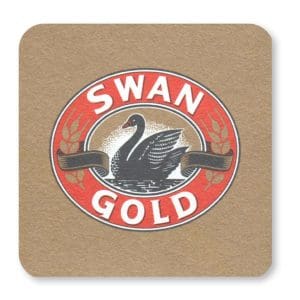
The main attraction of the wheatbelt to my mind is the ride, followed by the pubs and their heritage and the wide-open spaces. Local tourist information centres will tell you more, but this will get you started:
> Pinnacles Desert, one of the world’s most evocative collection of rock pillars.
> Wave Rock, the famous 100m long, 15m high rock formation at Hyden.
> Bluebird Memorial celebrating Sir Donald Campbell’s successful world water speed record.
> Beringbooding Rock, the granite rock formation in Muckinbudin with camping facilities.
> Beverley Aviation Museum with its collection of historic WA aircraft.
> Elachbutting Rock, a granite formation with a 30m tunnel and caves.
> Rabbit Proof Fence No. 2, the 3256km stretch of fencing put up in 1908.
> Silo Trail, a colourful series of grain silos that have been turned into art.
> Golden Pipeline Heritage Trail, celebrates the pipeline built to carry water from Mundaring Weir to the goldfields of Kalgoorlie-Boulder.
> Granite and Woodlands Discovery Trail, a 300km road trip through temperate woodland.
> Wheatbelt Way, a self-drive trip through the Northern Wheatbelt.
> Earthquake House, a place to experience what the 1968 earthquake felt like.
> Pioneers’ Pathway, the scenic drive from Toodyay to Merredin, following the route of early gold prospectors.
And while I’m here…
Don’t expect to find 95 octane fuel. While 91 is available everywhere and you’ll occasionally find 98, the middleweight petrol hasn’t made it out of the cities in WA. If it’s important to you, use an octane booster.
> Book ahead if you can. The pubs might look big on the outside, but tend to only have eight or 10 rooms.
> Don’t expect ensuites in the pubs. Room prices are reasonable, but you’ll share a bathroom and toilet.
> Take a look through any pub’s stock of red wines. Dave managed to find some very nice and competitively priced bottles of WA reds tucked away there.
> Drink draft beer. Bottles, especially the green or clear glass varieties, may give their contents light strike which sends the flavour off. Or drink from cans.
> Watch how much you drink. Remember, you will have to climb those high and steep stairs to your room! While I would never suggest breaking the law, I did notice that we saw only one Highway Patrol car in the entire 1600km of our ride.
> My thanks to BMW Motorrad and Auto Classic Motorcycles for lending me the R 18 Roctane, Dave for the planning, and Dave, Steve and Chas for the company.


